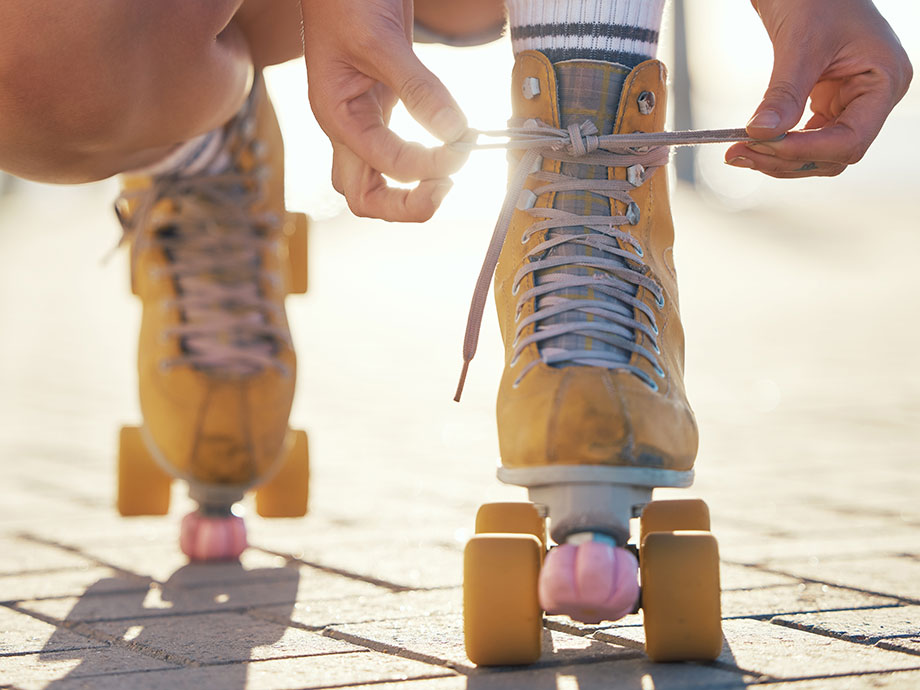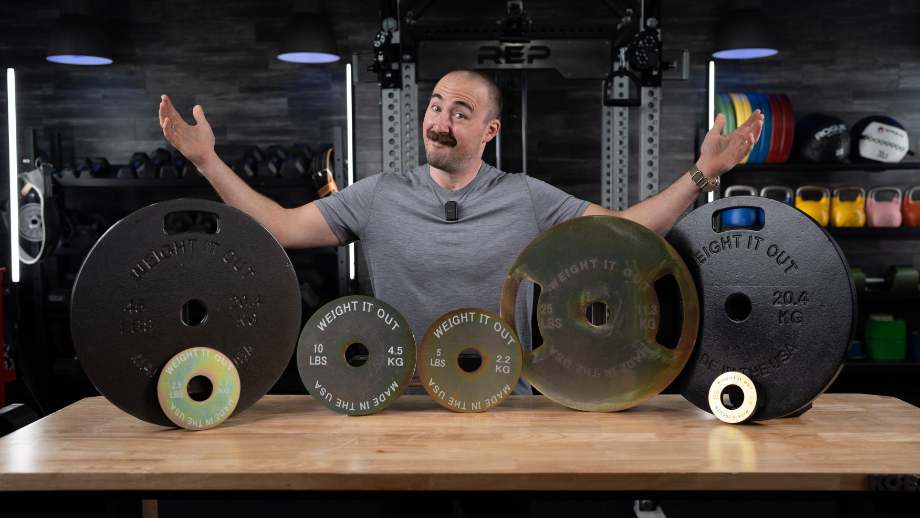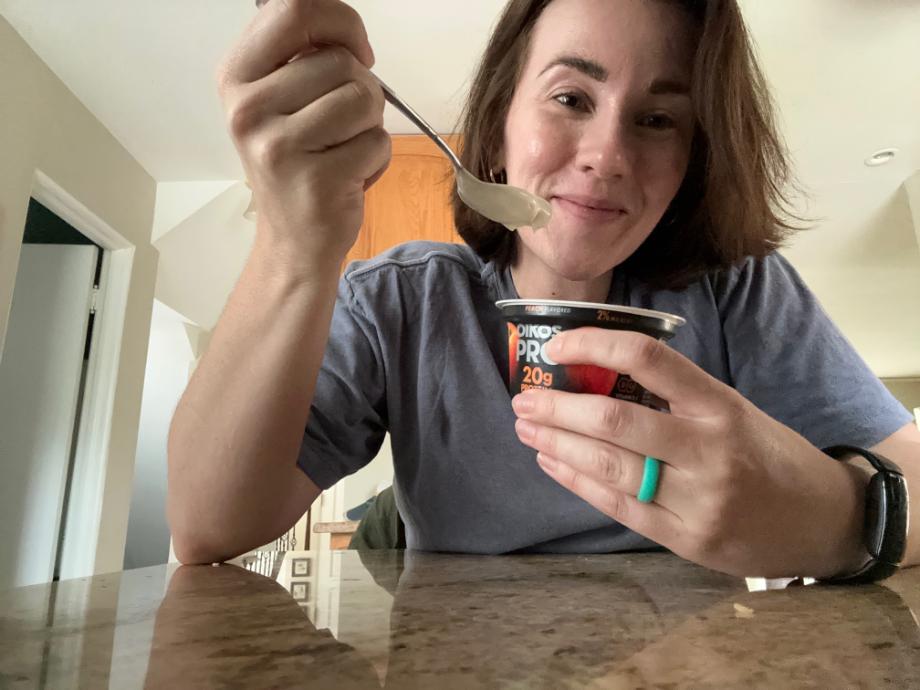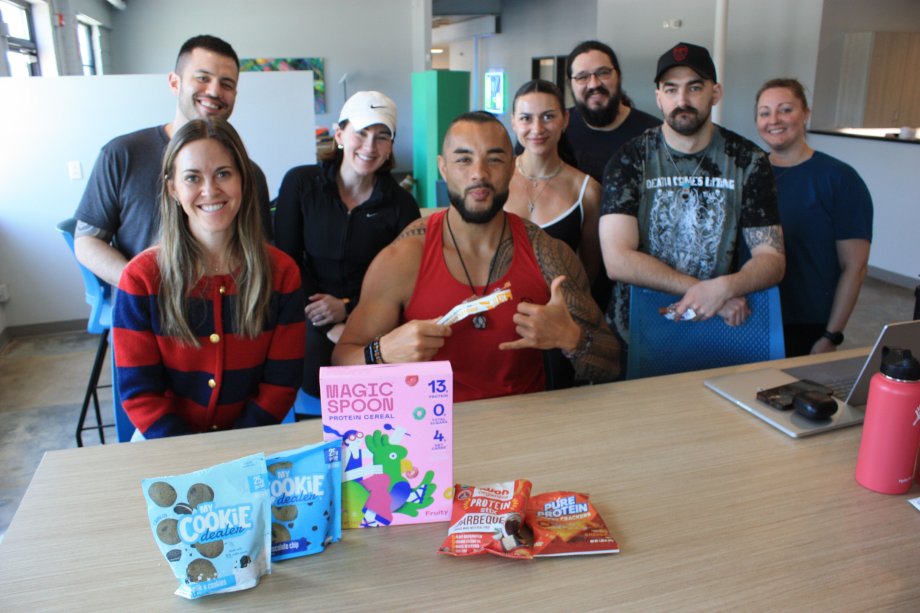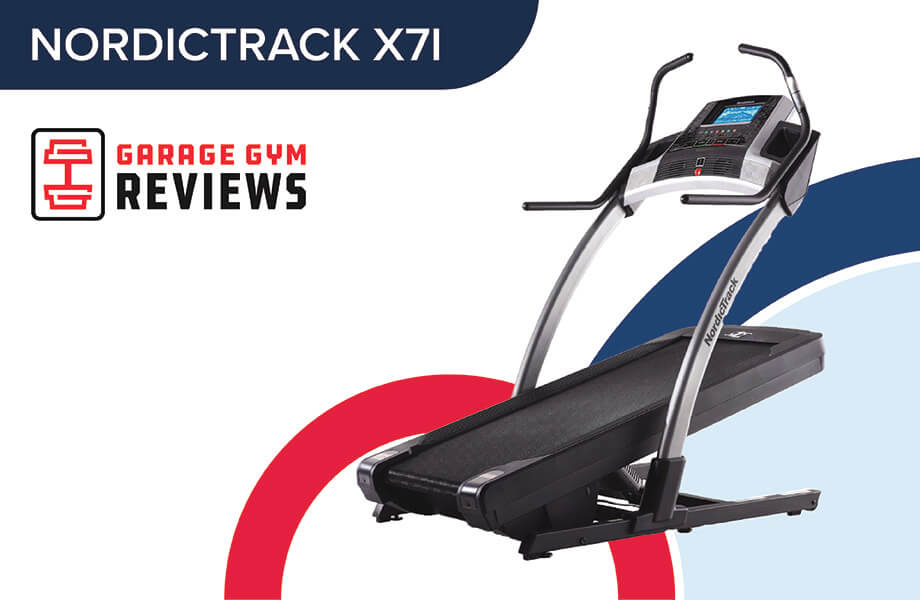Roller skating didn’t come out of nowhere—and certainly wasn’t invented by TikTok. Folks have been strapping wheels to their feet since the early 1800s, but as with most cyclical trends, popularity ebbs and flows. Over the past decade, roller skating has seen a resurgence—with the Covid-19 pandemic being a major contributor—and the subject has well over 200 million TikTok posts. Not only that, but cognitive market research indicates that the roller skating market size is on track to reach over $600 million in revenue by 20291.
As a child of the 90s, I have much more experience with inline skates (aka rollerblades); you could even say “I studied the blade.” But, I’ve witnessed for myself the rise in popularity over the years with three new rinks popping up in my relatively small city and gym friends joining roller derby teams (who could resist the lure of getting punched in the face while on wheels?).
Before I get ahead of myself with statistics and anecdotes, let’s take a step back and address why we’re all here: “How to roller skate.” You’ve got to learn how to walk before you can run—or glide. I’m here to describe the basics of roller skating, give tips on how beginner roller skaters can improve their skills, and provide a list of the gear you’ll need to succeed. As a certified personal trainer (CPT), I’ll also share a few exercises you can do to prepare yourself for your first skate session.
RELATED: Fitness Statistics and Facts
Let’s skate!
What Are the Basics of Roller Skating?
The great thing about roller skating is that it’s entry-level and much easier to master than skateboarding or ice skating. Still, you’ll want to approach roller skating for the first time in the same way you would a new or complicated exercise movement.
Take the deadlift, for example. The movement may look as simple as bending over and picking a barbell up, but not paying attention to the position of your knees and where the lift should originate from can spell disaster for your lower back—I know from experience.
I’ll describe the basics of starting and stopping, but if you’re more of a visual learner, there are plenty of tutorials and full videos of roller skating tips out there.
Getting Started
To start skating, you’ll want to practice the correct posture. Keep your knees slightly bent, feet parallel to each other and roughly shoulder-width apart, and your upper body leaning somewhat forward to maintain your center of gravity. If you took skiing lessons as a kid, you may remember learning “french fries”—or keeping both skis facing forward and parallel—you’ll want your feet to be in that “french-fried” stance to start. As for moving, take small steps at first to get used to the wheels before stepping off with one foot and then the other to glide.
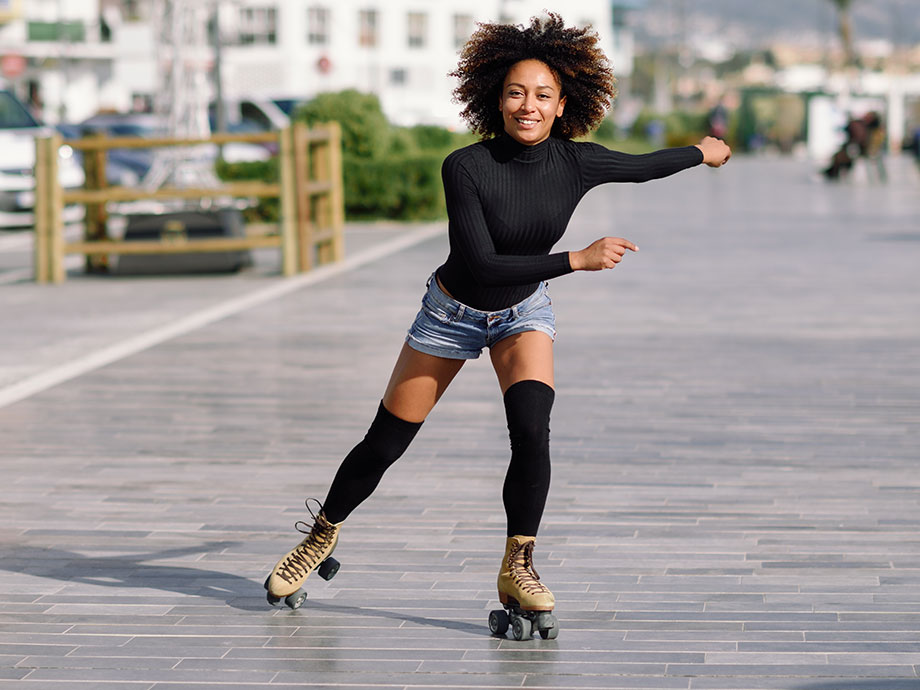
Turning
If you’ve ever watched speed skating, you may have noticed how the athletes lean their bodies into the turn as they navigate the curves of the track, often nearly touching the ice. You’ll want to do something similar on a pair of skates when you turn—but nowhere near as dramatic— by slightly leaning to the side in the direction you intend to go.
How Do You Stop?
Most skates have built-in toe stops—an often round piece of rubber attached to the front and back of your skates that acts as a break—to help you slow down. Note that rollerblades typically have one stop, located at the back of the skate. Beginners should try the “toe-stop drag” by shifting their weight onto one leg and “dragging” the toe stop along the ground to stop themselves. I’ve also seen it suggested that you can lower one knee toward the ground and use the hard plastic of your knee pad to stop. But I don’t necessarily agree with compromising the integrity of your support gear if you don’t have to.
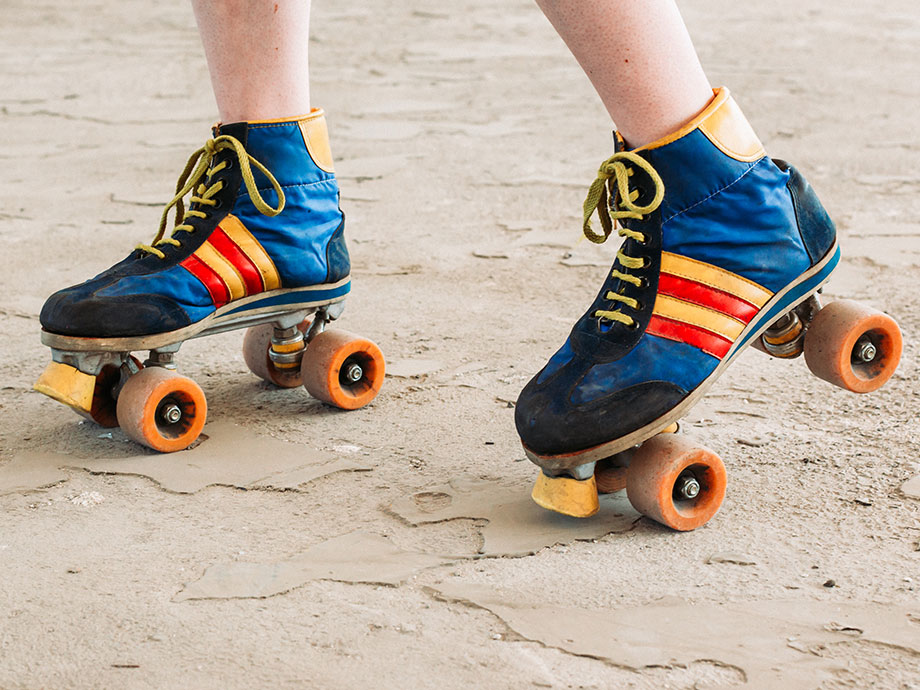
If you don’t wish to stop yourself manually, there’s footwork you can use. If you want to perform a “plow stop,” widen your stance to slightly outside of shoulder width, point your toes inward, and then slowly start to bring your feet together in a “V.” To revisit skiing lessons, think “pizza”—or pointing your skis (feet if you’re roller skating) toward one another to form a triangle. Another fancy footwork method you can use to stop yourself is to execute a “spinout” by planting one foot and allowing the other to circle it, thus capping your forward momentum.
Where Do You Skate?
The great thing about roller skating is that it can be done year-round. You may prefer skating outdoors during the warmer months and opt for a roller skating rink during winter. Whichever you choose, be aware of your surroundings and mindful of others. And, when skating outdoors, always obey the laws of (sidewalk and street) traffic.
RELATED: Planning a Running Route
How Can You Improve Your Roller Skating Skills?
Practice makes perfect; still, there are a few ways to build up the strength and stamina you need to become a better skater.
Build Your Balance and Coordination
I’ve (hopefully) established the importance of balance when it comes to skating. Maintaining your center of gravity is what’s going to keep you upright. An excellent resource to help you begin balance training is our expert guide to the nine best balance exercises. There, you can find tutorials on how to perform several single-leg bodyweight exercises and coordination drills, such as heel-to-toe walking. Certain yoga poses that help you sustain your posture, like mountain pose and tree pose, can also be beneficial for strengthening your balance. And, if you already train regularly, you can add a balance element and elevate that training—literally—by incorporating a balance board or Bosu ball.
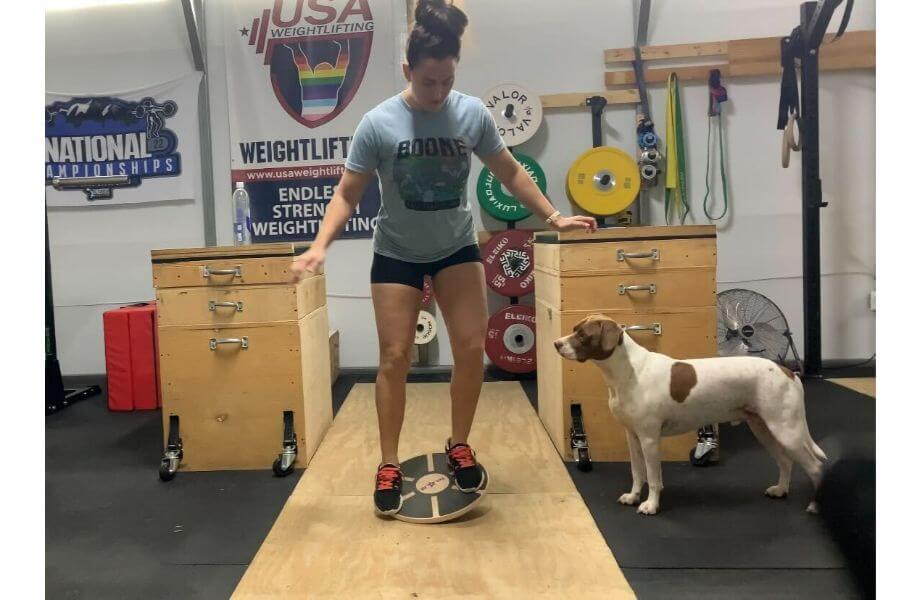
RELATED: Balance Board Workout
Joint strength should also be considered, as I can almost guarantee your knees and ankles will take the brunt of your post-exercise soreness. Incorporating ankle stability exercises and knee stretches will go a long way toward preparing you for regular skate sessions. I’d also suggest warming up and cooling down with a few lower-body stretches.
Top Exercises to Help Enhance Your Roller Skating
You’ll use your upper body and core strength to help maintain stability, but skating is primarily a lower-body endeavor. Here are five lower-body exercises you can perform with either your body weight or light dumbbells to enhance your skating experience.
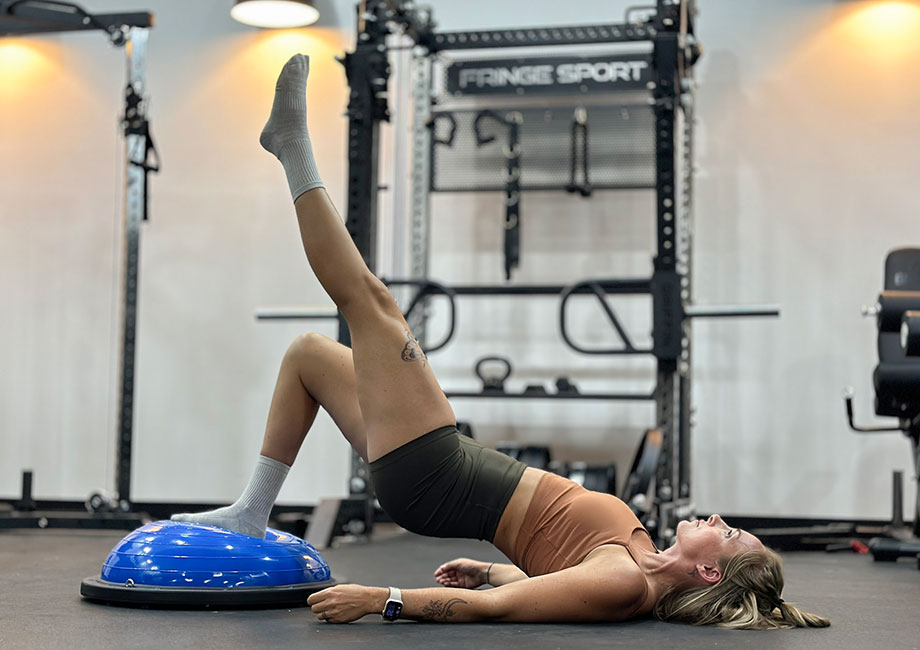
- Squat: The squat should be a part of every training regimen because it covers the most ground for balance, stability, mobility, and strength. If the squat is too difficult at first, you can make adjustments by squatting to a chair or performing a wall squat to build stamina.
- Front lunge: Other than being a method for stopping yourself when skating, the forward lunge works your quads, hamstrings, hip flexors, glutes, and thigh muscles. It also helps you increase mobility and strength in your knee joints.
- Lateral lunge with leg raise: This exercise strengthens your glutes, hamstrings, and thighs and helps you generate balance and momentum.
- Single-leg deadlift: Like the squat, the single-leg deadlift is a great move to have in your arsenal of lower-body exercises. It targets the whole posterior chain, from the glutes to the calves, and boosts your ankle stability and strength.
- Glute bridge: The glute bridge is a versatile exercise that can be performed as a static hold or for reps, weighted or unweighted, and with both legs or a single leg for balance training.
What Gear Do You Need to Roller Skate?
You have the motivation and the knowledge. Now what? Skates, of course! Here’s a quick list of what items you should pick up online or at your local skate shop:
- Skates: Whether you choose quad skates (two equidistant wheels in front, two in back) or roller blades (a row of four wheels), you’ll need a pair of skates.
- Protective gear: Helmets, wrist guards, elbow pads, and knee pads are often the only things standing between you and the concrete. So, protecting your head, knees, elbows, and wrists is important for beginners and advanced skaters. You don’t suddenly stop needing a helmet when your skills improve. I’d throw a decent pair of high socks into the mix as well to help prevent blisters. Safety gear is cool; don’t let anyone tell you otherwise.
- Multi-use skate tool: This is more of a “nice-to-have,” but think of it this way—just like bringing an air pump with you on a long bike ride, you’ll want a skate tool to adjust your wheels should they become loose.
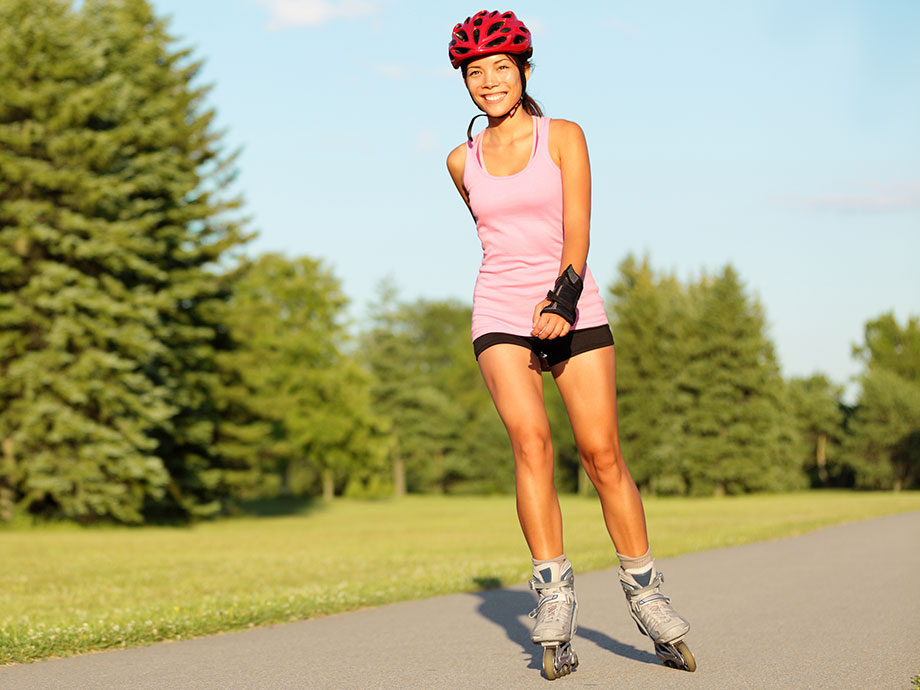
Who Should Try Roller Skating?
I’d recommend roller skating to anyone with the desire to try it; I’m considering it myself once I track down a good pair of skates. It makes me nostalgic for the days when I would rollerblade in my driveway and pretend I was taking home the gold medal in figure skating.
But is roller skating good exercise? Yes. In fact, according to Harvard Health2, skating can burn over 300 calories in 30 minutes, more than some sports. If that isn’t your goal, it’s still worth the effort, as anything that gets you consistently out of your seat and moving is excellent in my book.
How To Roller Skate: Final Thoughts
You’re never too old to learn new tricks; at least that’s what I tell myself whenever I test a new piece of fitness equipment for our in-depth reviews. With a little bit of patience and a lot of balance, you’ll be skating with the best of them in no time, or just having a blast while getting in some cardio.
Don’t forget your helmet!
How To Roller Skate: FAQs
Can you teach yourself to roller skate?
You can. There are many written (see above) and video tutorials for how to start skating, as well as beginner tips available. Some rinks even offer skating lessons if you need extra support.
How do you roller skate without falling?
Maintaining the proper posture—i.e., knees slightly bent, feet parallel and shoulder-width apart, and a slight forward lean in your upper body—will do most of the work for keeping you on your feet/wheels. There will inevitably be times when you lose your balance, especially on rougher terrain, so wearing protective gear will help you prevent scrapes, bruises, or worse. If balance is an issue at first, you may consider skating at a rink where you can use a hand to brace yourself along a wall. There are also roller skating walkers, or “skate mates,” which are PVC frames with wheels you can hold onto. If you do stumble, it’s better to try and fall forward and catch yourself with your hands.
How do you stop when roller skating?
There are a few methods for stopping yourself when roller skating. The best option for beginners is to use the built-in toe-stops as a break to slow yourself down enough to come to a complete stop. As your skills improve, you can then attempt moves like the “toe stop,” which involves widening your stance and then narrowing your toes inward, or a “spinout,” where you’ll stall your forward momentum by pausing one leg and circling it with the leg still in motion.
References
- Sneha Mali, C. M. R. (2024, May 16). Roller skating market size will be $604.18 million by 2029! https://www.cognitivemarketresearch.com/roller-skating-market-report
- Calories burned in 30 minutes of leisure and routine activities. Harvard Health. (2021, March 8). https://www.health.harvard.edu/diet-and-weight-loss/calories-burned-in-30-minutes-for-people-of-three-different-weights



